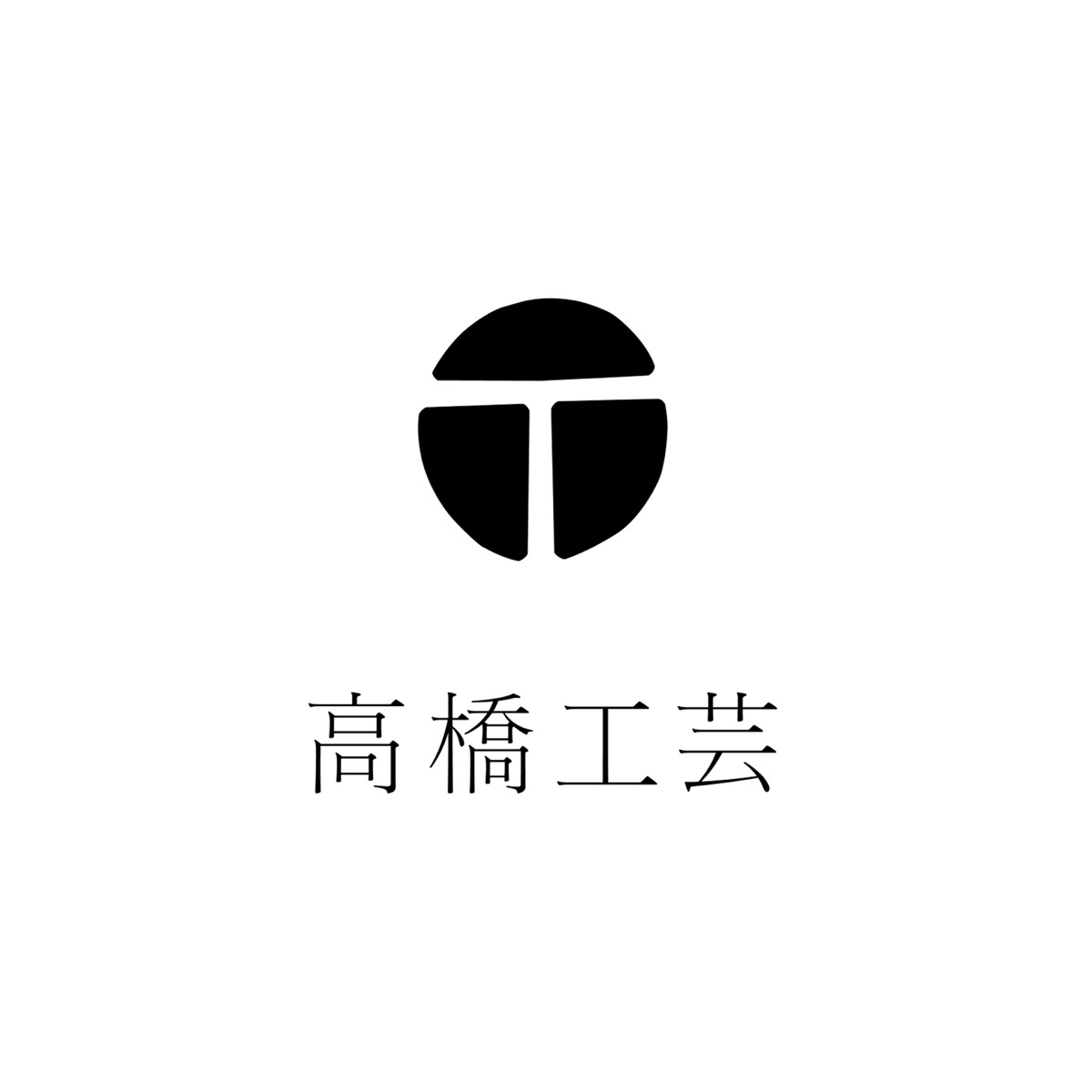Founded in Asahikawa, Hokkaido, in 1965 by Shoichi Takahashi, a lathe worker, the company initially focused on creating table legs and ornamental pillars. With a downturn in the domestic furniture market, they launched in the 1980s the production of wood cups and sugar pots using lathes, becoming the founders of the Asahikawa group of wood tableware makers. Their simple and functional tableware is primarily crafted from Hokkaido-grown trees. While maintaining the natural aesthetics of wood, the items exhibit a modern sensibility, seamlessly integrating into contemporary lifestyles. Hidetoshi Takahashi assumed the presidency in 2009.
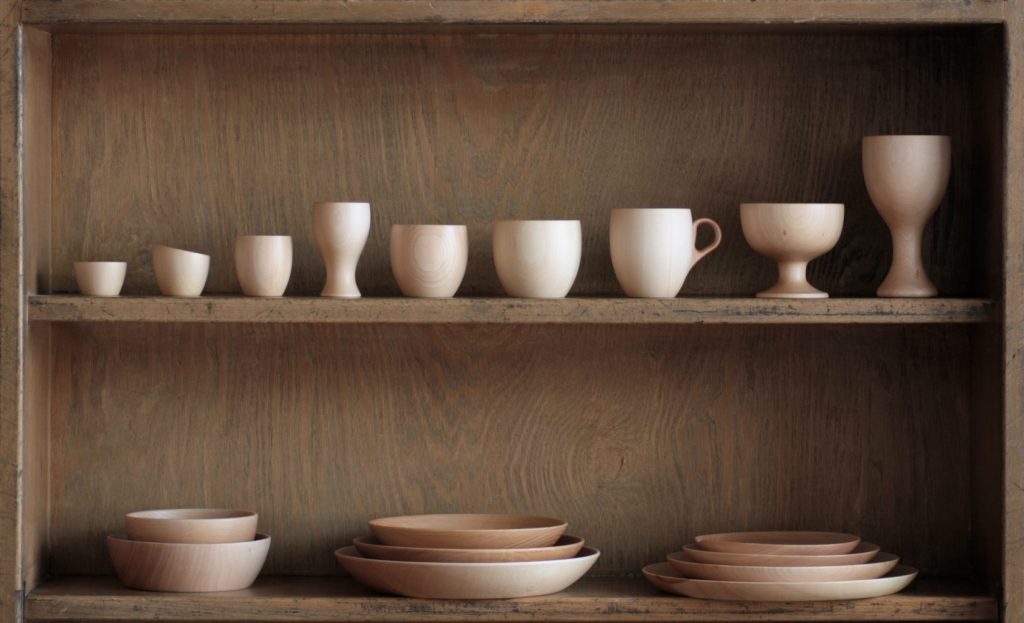 Connecting Nature and People:
Connecting Nature and People:
TAHASHI KOUGEI fosters a connection between nature and people through crafting wooden items. Takahashi takes care of the mountains and nurtures the trees. By harvesting the right amount of wood, the mountain can continue to breathe, and young trees are raised. Wooden products bring moments of comfort to our lives. In the midst of busy days, the gentle touch of soft and warm wooden vessels provides kindness. The color of wood is similar to the color of human skin. Perhaps that's why we feel a sense of closeness to wood. Crafting wooden vessels is a job that connects important perspectives, both large and small, for the mountains and people.
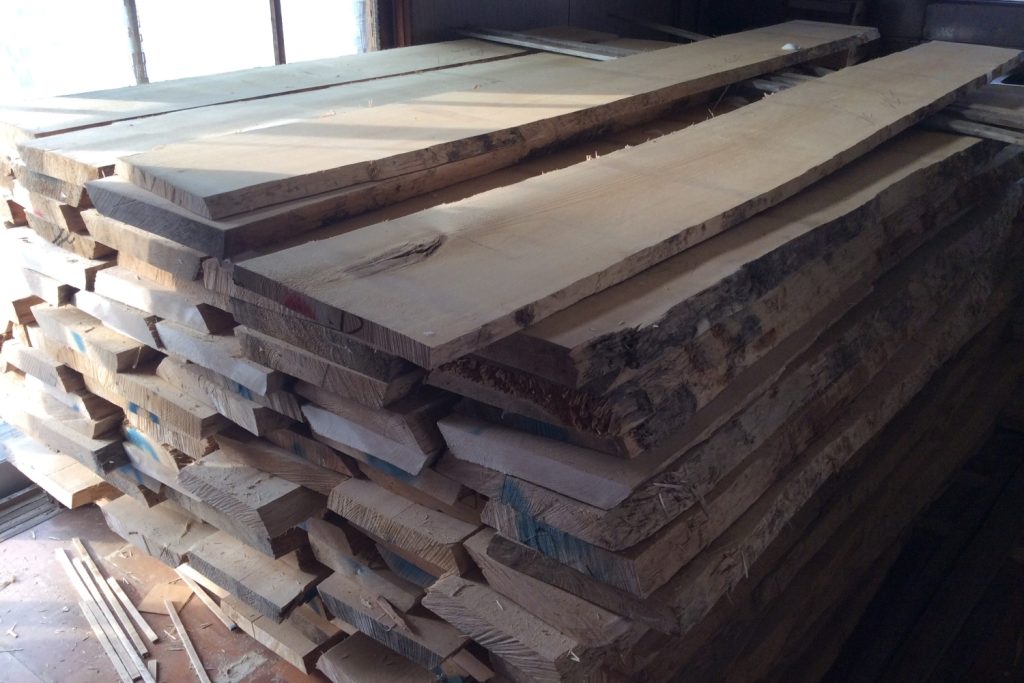
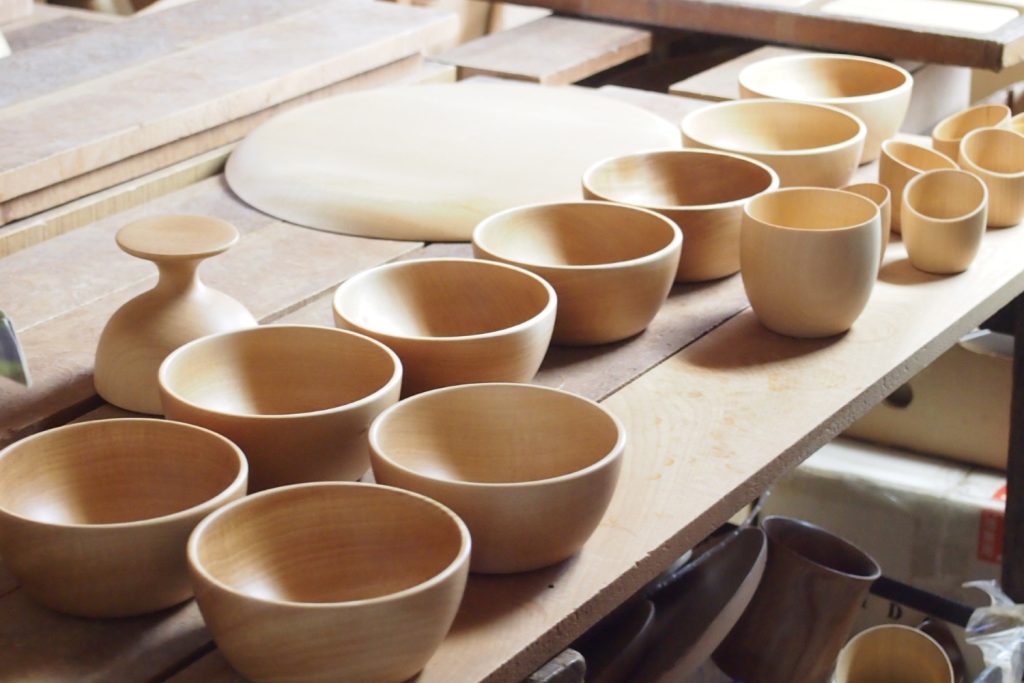 Product Series
Product Series :
- Kami means "paper" in Japanese, and it is named after its sheer texture. It gives a smooth, warm touch on your lips.
- Cara is a series of egg-shaped tableware making the most of the warmth of wood as a material and thin-wood-curving techniques.
- Kakudo is a series of articles for daily use with "kakudo (angle)" and a rounded finish.
Please remember wood is a living material. Wooden products can be enjoyed for a long time with proper care. Follow the instructions below to keep your utensils in usable condition for many years.
General Instructions for Use:
- Wood has a low heat conduction rate, so hot drinks will not cool quickly.
- Beware of burns when drinking from wooden cups and mugs.
- Do not use in microwave ovens or dishwashing machines, and do not soak for prolonged periods. Doing so may cause damage to the finish and render the utensils unsuitable for use.
- Avoid pouring just-boiled water into the utensils.
- Wash with warm water using diluted cleanser on a soft sponge. Wipe and keep dry.
For Kami and Cara Series:
- The coating used complies with Japan's Food Sanitation Law. An odor may be emitted after a certain period, but this does not indicate a quality problem. To remove the odor, place used tea leaves or coffee beans in the utensils for several hours and repeat as necessary.
- Polyurethane coating is known for its water resistance and ease of maintenance, as it prevents penetration from the surface and can be cleaned with neutral detergents. However, continuous use can cause the coating to thin out and develop cracks, diminishing its effectiveness.
- After use, washing it gently and ensuring it is appropriately dried is important. If not dried thoroughly or stored with dirt, it can lead to discoloration and mold growth.
- Water can seep through damaged areas of the coating, becoming a cause of discoloration and mold. Additionally, when dark-colored substances like coffee are placed, the cup may gradually darken. This occurs due to the deposition of pigments in the xylem of the wood material.
For Kakudo Series:
- The utensils in the Kakudo series have an oil finish. Products with an oil finish require periodic coatings of oil. Apply vegetable oil several times to the surface when using them for the first time.
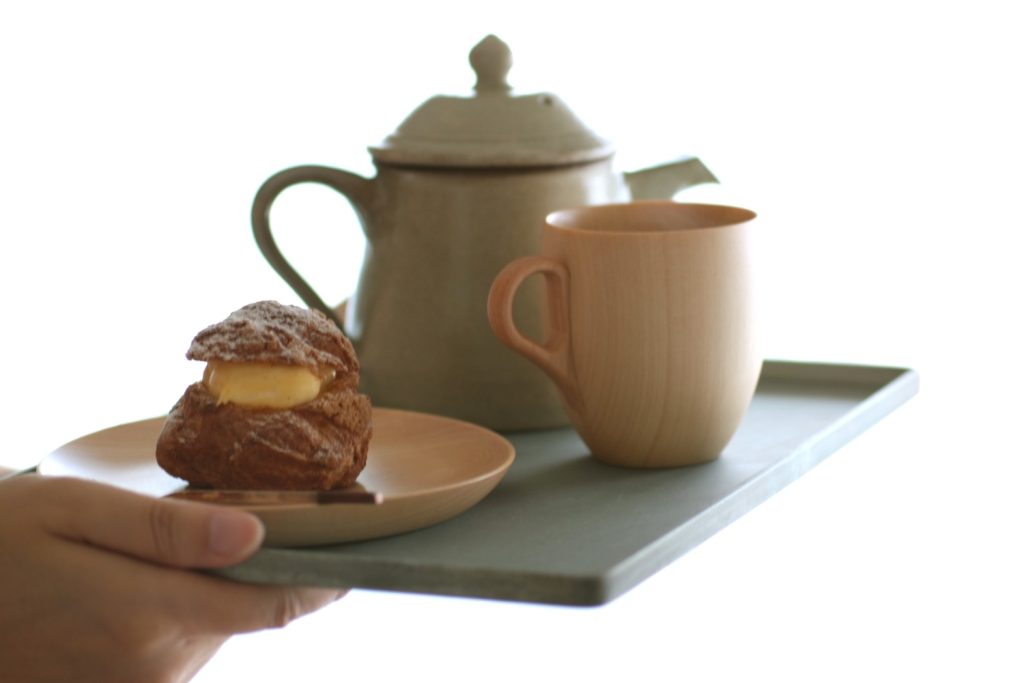
Important Remark:
The production lead time for TAKAHASHI KOUGEI's products is currently 2 months. However, there is a possibility that it may take longer than this. In such cases, please understand that we cannot provide anticipated shipping schedules after order placement, and these items will be shipped separately from the rest of your order. Please proceed with ordering TAKAHASHI KOUGEI's items only if you can accept these conditions.


